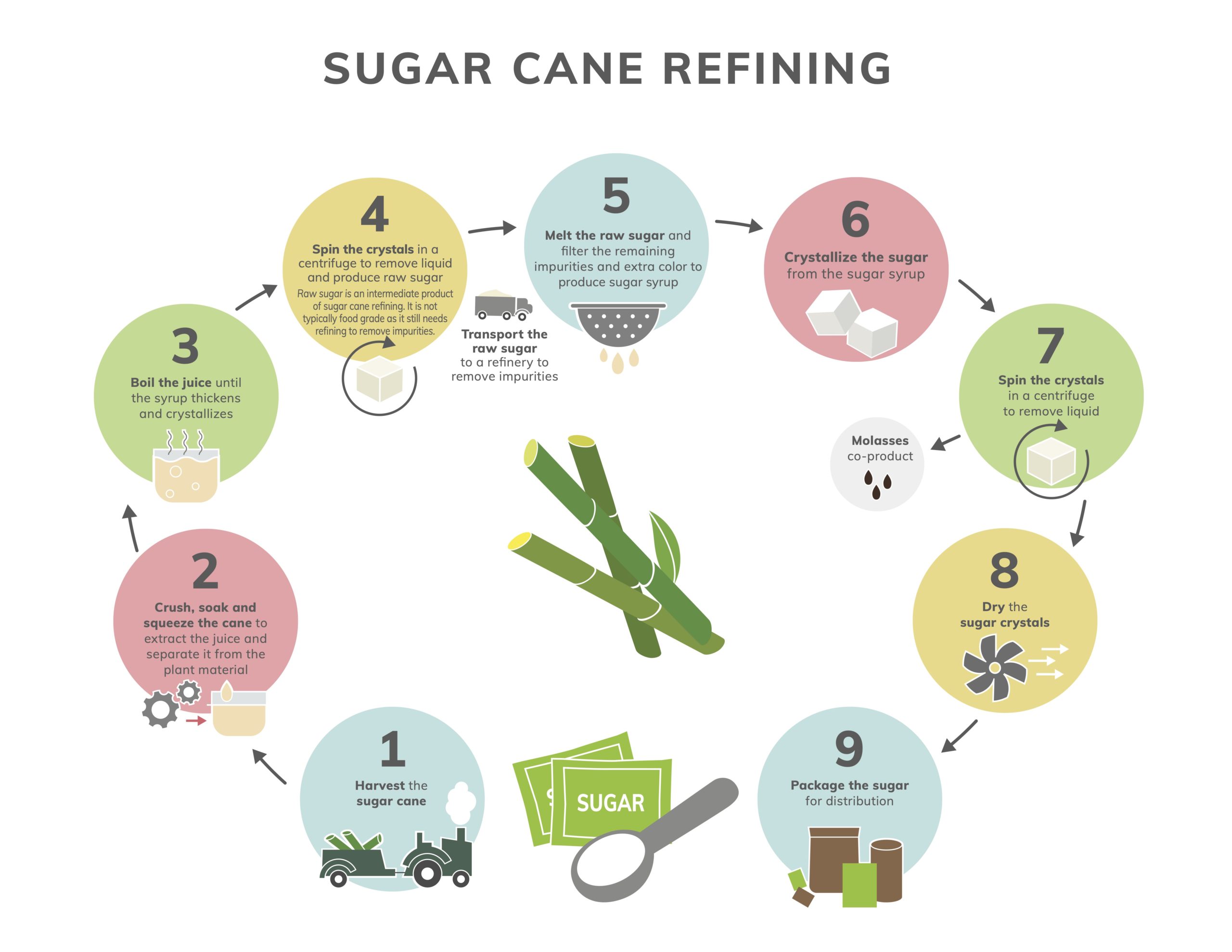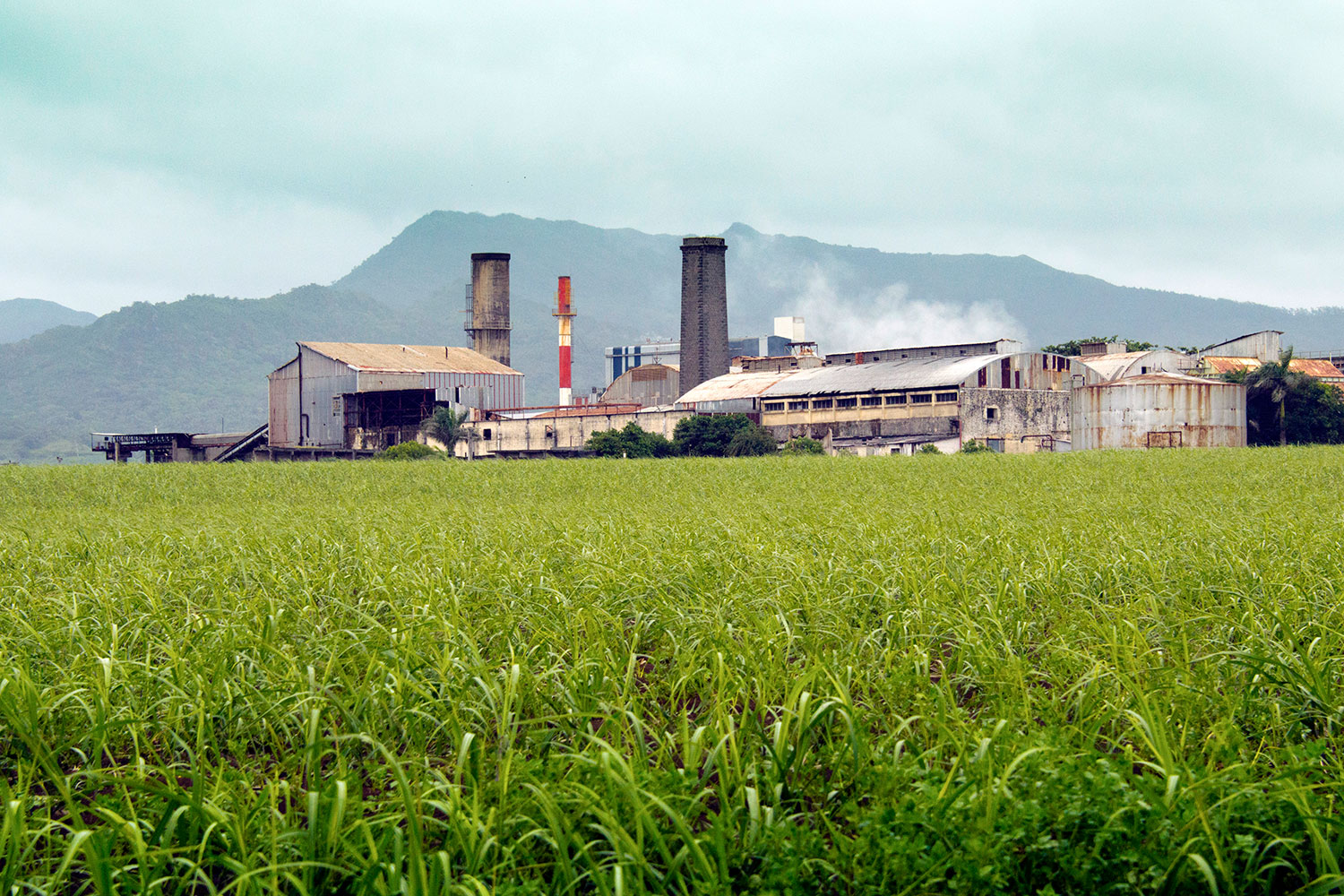Maximizar Rendimientos Y Minimizar Costos: Estrategias Avanzadas Para La Optimización Química Del Procesamiento De Azúcar De Caña
In the realm of walking cane sugar processing, the quest of making the most of returns while simultaneously reducing expenses stands as an awesome challenge that needs a critical blend of sophisticated chemical optimization strategies. The intricacies of this venture explore the core of efficiency, where every aspect of the procedure plays a critical role in accomplishing ideal end results. By discovering the intricacies of chemical analysis, enzyme use, pH control, purification, and purification approaches, a landscape rich with opportunities for enhancement and development arises. Among this detailed internet of strategies lies the promise of unlocking untapped capacity and changing the very essence of sugar production. Cane Sugar Processing Chemicals.
Chemical Evaluation for Effectiveness
Chemical analysis plays a pivotal duty in boosting the effectiveness of sugar walking stick processing by giving critical understandings into the composition and residential or commercial properties of the raw products. By performing in-depth chemical analyses on sugar walking cane examples, processors can determine the specific concentrations of sucrose, sugar, fructose, and various other components existing in the raw material. This information is essential for enhancing the various phases of the sugar walking stick handling chain, from grating to crystallization.
In addition, chemical analysis enables cpus to identify contaminations such as organic acids, healthy proteins, and minerals that can affect the top quality and yield of the last sugar product. By evaluating these pollutants, cpus can carry out targeted strategies to eliminate or mitigate their impacts, ultimately enhancing the overall effectiveness of the handling plant.
Furthermore, chemical evaluation helps with the surveillance of process specifications such as pH, temperature level, and viscosity, enabling cpus to make real-time adjustments to make sure optimum conditions for sugar removal and formation. Overall, a detailed understanding of the chemical composition of sugar walking stick is crucial for taking full advantage of returns, decreasing costs, and preserving high item top quality in the sugar production industry.

Enzyme Utilization for Boosted Returns
With a calculated strategy to enzyme usage, sugar walking cane processors can substantially enhance their yields while keeping operational effectiveness in the manufacturing procedure. Enzymes play an important duty in sugar cane processing by damaging down intricate carbohydrates right into less complex sugars, thus enhancing the total sugar removal efficiency. By integrating details enzymes tailored to target the different elements of sugar walking cane, such as cellulose and hemicellulose, cpus can improve the release of sugars during removal.
Enzyme use uses the advantage of making best use of sugar returns from the raw product while lessening the power and resources required for processing. Through mindful option and application of enzymes, sugar walking cane cpus can enhance their operations to achieve greater returns and productivity.
Ph Control for Optimum Handling
Enzyme use for boosted yields in sugar cane handling lays the structure for attending to the important element of pH control for optimal handling performance. Preserving the appropriate pH degree view website throughout different stages of sugar cane handling is vital for taking full advantage of yields and decreasing expenses. pH control is especially crucial throughout the extraction and clarification procedures. In the extraction stage, preserving the correct pH aids in accomplishing efficient sucrose removal from the cane. Regulating the pH during explanation aids in the rainfall of pollutants and non-sucrose components, causing a purer final item. PH affects the activity of enzymes included in the failure of macromolecules, affecting the total efficiency of the procedure. By carefully checking and adjusting the pH degrees at various processing steps, sugar walking cane processors can improve sugar recuperation rates, minimize chemical use, and optimize the general manufacturing process. Effective pH control not just boosts the quality of the final item yet also adds to lasting and cost-effective sugar walking stick handling procedures.
Advanced Filtering Methods
Carrying out sophisticated filtering methods in sugar walking stick processing enhances the performance and pureness of the end product with refined separation techniques. By including cutting-edge purification technologies, such as membrane layer filtering and triggered carbon filtering, sugar cane processing plants can attain greater levels of sugar recovery and improved quality assurance.

Triggered carbon filtering is another advanced strategy that helps in the removal of colorants, off-flavors, and residual contaminations from sugar walking cane products. By utilizing turned on carbon's adsorption buildings, this purification technique enhances the quality and taste of the sugar, meeting the high criteria required by consumers and sector guidelines.
Energy-Efficient Distillation Approaches
Energy-efficient distillation approaches are vital for optimizing the sugar walking stick processing market's power consumption while keeping top quality item standards. Standard distillation procedures can be energy-intensive, leading to higher manufacturing costs and environmental influences (Cane Sugar Processing Chemicals). Implementing energy-efficient distillation approaches, such as vacuum distillation or molecular purification, can significantly decrease power needs while enhancing total procedure efficiency
Vacuum purification entails lowering the pressure within the purification system, which decreases the boiling factor of the liquid mix being refined. This decrease in boiling factor lowers the energy needed for vaporization, leading to power financial savings compared to conventional distillation techniques.
On the various other hand, molecular purification makes use of brief path distillation techniques under high vacuum conditions to separate compounds based on their molecular weight. This technique is especially efficient for heat-sensitive materials, as it runs at reduced temperature levels, lowering power intake and preserving item quality.
Conclusion
